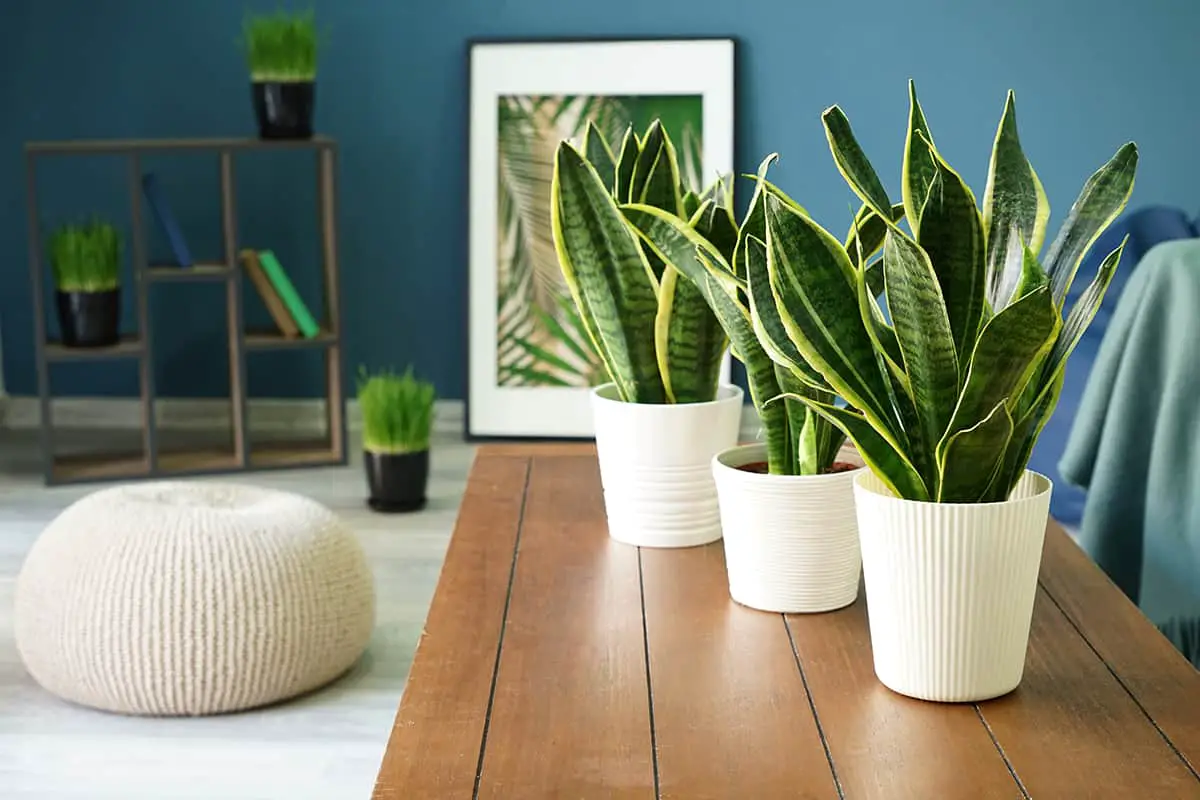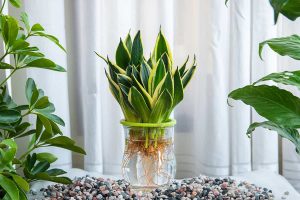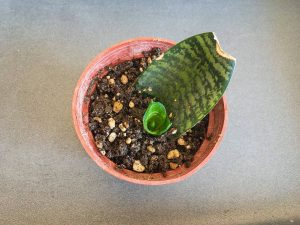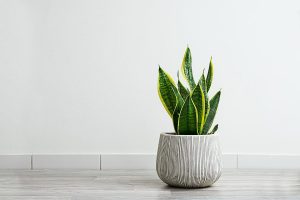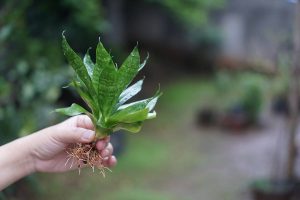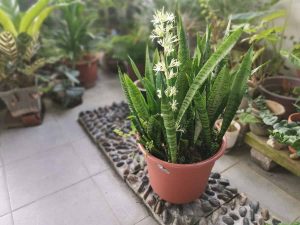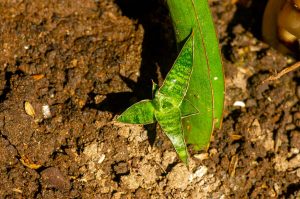Placing a snake plant in your living room not only adds a splash of green but also purifies the air with minimal effort. Known scientifically as Sansevieria, this resilient green companion thrives in low light and requires very little care, making it ideal for both gardening enthusiasts and those notorious for neglecting plants. Beyond its striking sword-like leaves and easy-care nature, the snake plant hides a trove of fun and interesting facts.
This article peels back the layers of this popular houseplant, revealing the unique blend of beauty, resilience, and practicality that makes it a household favorite worldwide.
Table of Contents
- Known for Air Purification
- Exceptionally Low Maintenance
- Thrives in a Range of Light Conditions
- Originates from West Africa
- Symbolizes Good Luck
- Produces Oxygen at Night
- Wide Variety of Species and Varieties
- Can Survive Without Soil
- Has Medicinal and Antioxidant Properties
- Long Lifespan
- Architectural and Design Favorite
- Helps in Humidity Control
- Toxic to Pets
- Can Be Used in Outdoor Landscaping
- A Study Subject for Space
Known for Air Purification

Snake plants are renowned for their air purification abilities. Research indicates that these plants can effectively remove contaminants from indoor environments. One study involving snake plants found they reduce airborne toxins.
They improve the air quality in your home. Substances like benzene and formaldehyde are on the list of toxins snake plants can absorb. This feature makes them beneficial for indoor air health.
NASA’s research highlights the snake plant’s capability to purify the air. It was part of a study to explore air purification within space stations. Your snake plant contributes to a healthier living space by removing harmful pollutants.
To maximize air purification, place a snake plant in your bedroom or living area. They continue to purify the air even at night, unlike most plants. This is due to their ability to perform photosynthesis using a rare method that functions without light.
Exceptionally Low Maintenance
Snake plants are hardy and require minimal care. They thrive in a range of lighting conditions, from low to bright indirect light. You don’t need to worry about regular watering; these plants can tolerate drought. Water them only when the soil is completely dry.
Your snake plant isn’t picky about humidity or temperature. It can adapt to most indoor environments. Unlike other houseplants, it doesn’t need frequent fertilizer. During growing seasons, spring and summer, a light feeding every few weeks is sufficient.
Thrives in a Range of Light Conditions
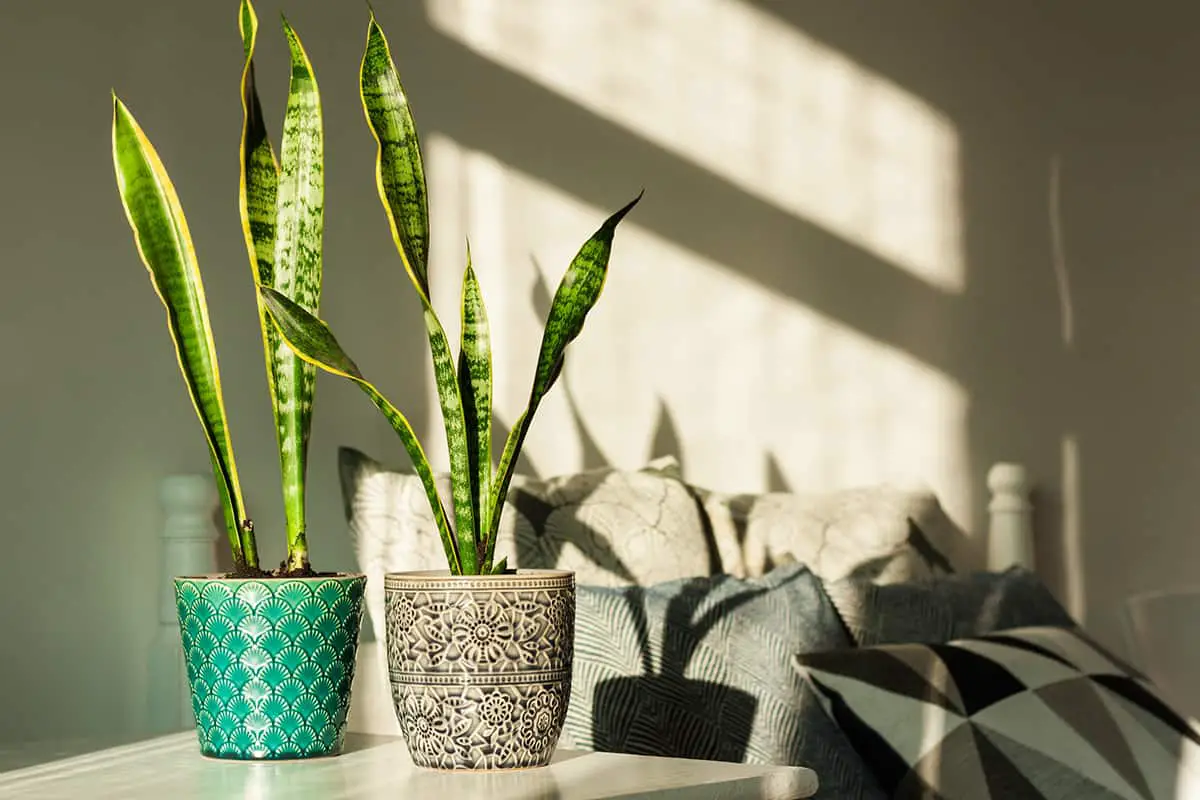
The Snake Plant is known for its remarkable resilience in adapting to various lighting conditions, making it a versatile addition to any indoor space. Whether your home is dimly lit or receives a generous amount of bright, indirect sunlight, this plant will find a way to flourish. Its growth might be slow in low light, yet it remains healthy. In medium light, the Snake Plant enjoys steady growth, while bright, indirect light enhances the vibrancy of its leaves.
It’s essential to keep in mind that direct sunlight can be detrimental, potentially damaging the leaves. Therefore, positioning your Snake Plant away from direct sun is advisable.
With its capacity to withstand a broad spectrum of light conditions, the Snake Plant is an ideal choice for enhancing the ambiance of offices, homes, and other indoor areas without the stress of meeting exact lighting requirements.
Originates from West Africa
The Snake Plant, known scientifically as Sansevieria trifasciata, originates from tropical West Africa. You’ll find this hardy plant is native to a region with a rich diversity of flora and fauna. It’s a testament to the plant’s resilience, having adapted to a variety of Western African environments.
Notably, the Snake Plant thrives in areas where other plants might struggle. It’s accustomed to surviving in dry, arid conditions. You’re nurturing a piece of African heritage in your home when you care for this plant.
Your Snake Plant could have distant relatives in areas like the Democratic Republic of the Congo. It shares ties with other hardy desert flora. These resilient plants have spread beyond their native habitat, becoming beloved by enthusiasts around the world.
Symbolizes Good Luck
The Snake Plant, or Dracaena trifasciata, carries a reputation for bringing good luck. This succulent is also known by names like “Good Luck Plant” and is popular in homes for its purported ability to foster fortune. In some cultures, you keep this plant at the entrance of your home to usher in positive energy and prosperity.
Recognized for its air-purifying qualities, the Snake Plant is believed to enhance the flow of chi in practices like Feng Shui. By placing a Snake Plant in specific corners of your space, you might contribute to a healthier, more harmonious environment. Some say that this action could lead to an increase in good luck for your household.
Produces Oxygen at Night
Snake plants stand out because they supply oxygen at night. Unlike many plants, they continue photosynthesis after the sun goes down. This trait makes them ideal for bedrooms. You benefit from cleaner air while you sleep.
Most plants take in oxygen at night. But snake plants do the opposite; they take in carbon dioxide. They release oxygen without light. This unique feature enhances air quality.
Remember to keep snake plants in moderation. They cannot replace fresh air from outdoors. Still, they add a bit of oxygen to your environment at night.
Wide Variety of Species and Varieties
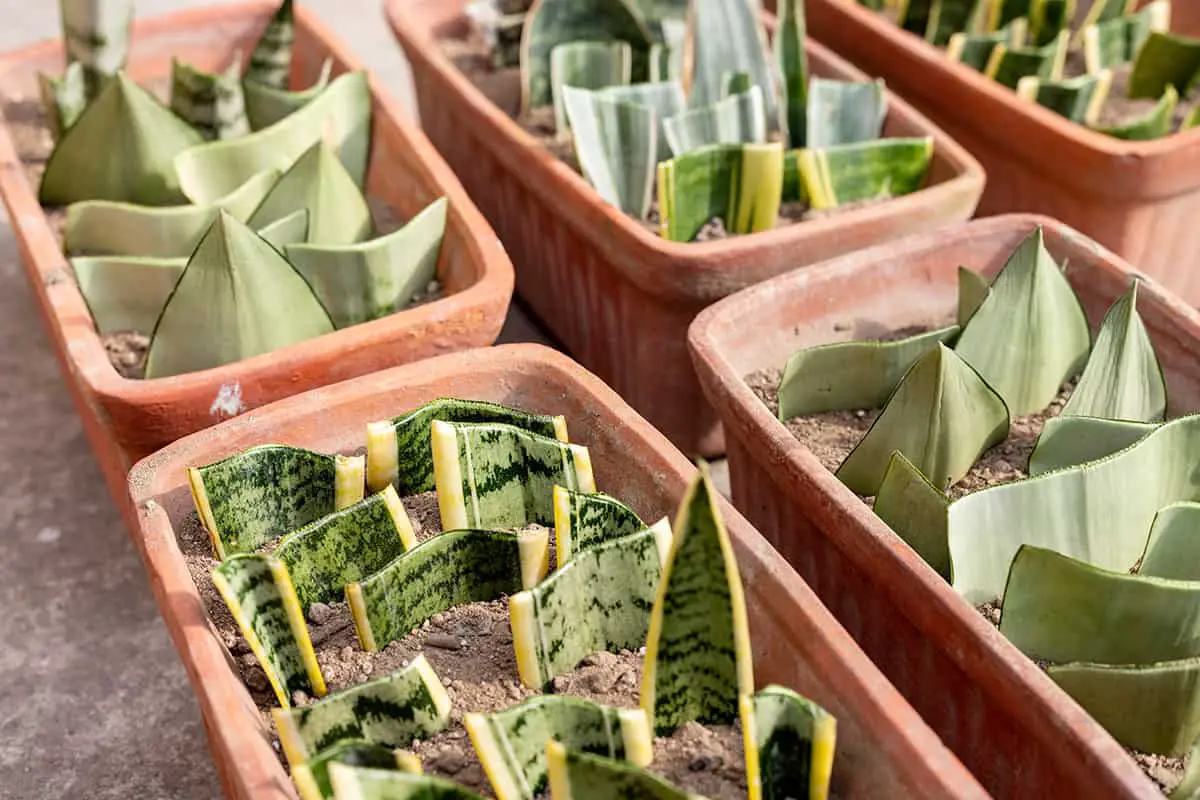
The Snake Plant boasts a vast array of species and varieties. Each brings its unique aesthetic to your home with varying leaf structures, colors, and shapes. As you explore these distinctive types, you’ll discover forms ranging from tall and erect to dwarf sizes that fit perfectly on your desk.
One remarkable species is Dracaena angolensis, which features rounded tubular stems. Also called the “spear snake plant,” this variety commands attention with its sharp-appearing barb. Kansas State University highlights that there are approximately 70 different species originated from Africa and southern Asia.
Color variations among these species include dark green with light stripes, golden-edged leaves, and even silvery tones. Leaf structures also vary; some are broad and flat, while others curve elegantly like a bow. Size can differ too — some snake plants can be compact, as little as 6-7 inches tall, while others can reach heights of 2-4 feet, as noted by the University of Georgia Extension.
Your choice of snake plant can greatly influence the ambiance of your space. Pairing dwarf varieties with succulents creates a charming mini garden. If you prefer a more commanding presence, taller species with striking leaf patterns can become a room’s focal point.
Can Survive Without Soil
The Snake Plant is unique. You can grow it without soil. Its strong roots and sturdy leaves store water and nutrients. This allows survival in various conditions. Water propagation is an example. Cuttings thrive in water alone.
To start, choose a healthy leaf. Cut a segment. Place it in a container with water. New roots will soon grow.
| Stage | Description |
|---|---|
| Initial Cut | Select a clean, sharp blade for a healthy leaf cutting. |
| Water Immersion | Submerge the cut end in water, avoiding leaf submersion. |
| Rooting | Change water weekly and expect roots within a month. |
Remember to use containers that support the plant’s weight. Transparent ones let you monitor root growth.
Has Medicinal and Antioxidant Properties
Snake plant has notable medicinal uses. It’s known for its phytoconstituents, which are chemicals plants produce. Some of these compounds have antioxidant properties. This means they can help protect your body from damage caused by free radicals. Free radicals are unstable atoms that can damage cells, leading to illness and aging.
Studies suggest that the snake plant can have antimicrobial effects. This capacity to fight harmful bacteria and microbes may support your health. For example, certain phytoconstituents in snake plant are linked to potential antiviral activities. These natural properties might offer you benefits similar to traditional medicine.
You should know that snake plant extracts show pharmacological promise. They have been researched for their pharmacological properties, considering their traditional use in various remedies. However, remember to consult with healthcare professionals before using any plant for medicinal purposes.
In terms of its antioxidant capabilities, the snake plant contains a variety of compounds with these properties. Antioxidants are important for maintaining health. They support your body’s defenses against oxidative stress. This stress emerges from the presence of pollutants, unhealthy diets, and other environmental factors.
Long Lifespan
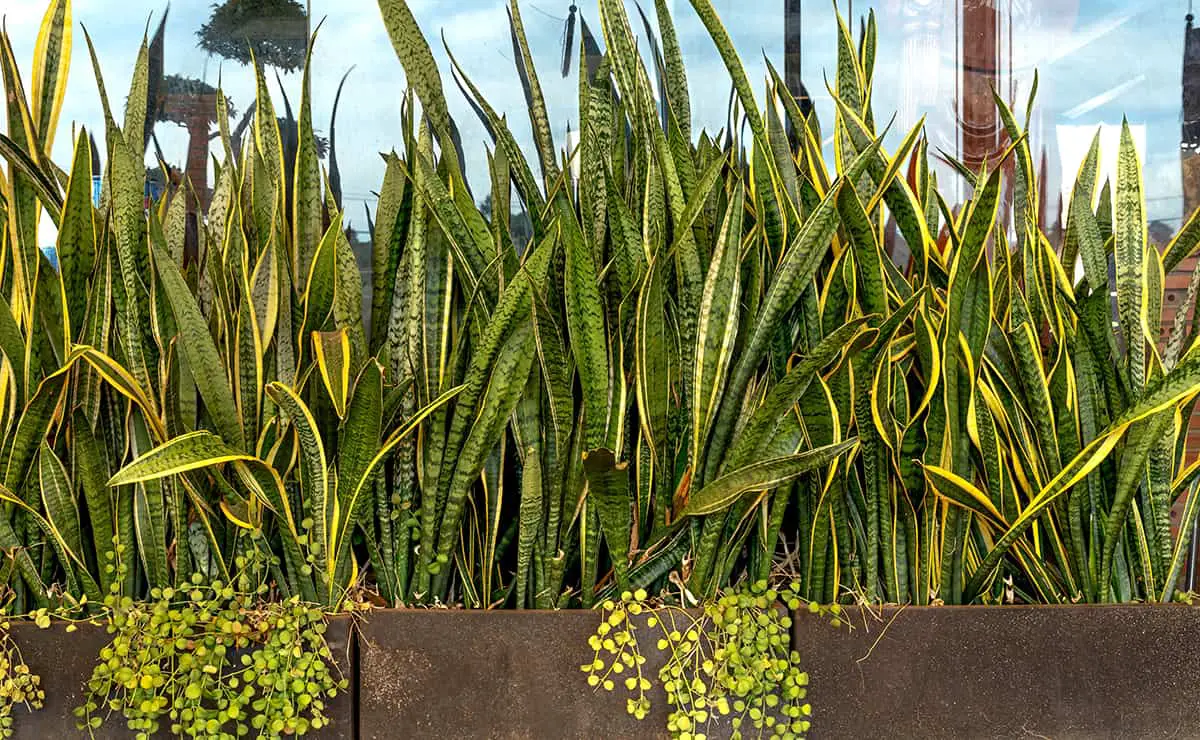
Snake plants are renowned for their exceptional longevity. These hardy succulents thrive indoors with minimal care. Properly maintained, they can live for several decades. This makes them a constant feature in homes and offices.
Your snake plant could easily outlive many other houseplants. It’s not unusual for a snake plant to surpass 10 years of age. This is evidence of their durability. They require very little attention to retain their vigor over the years.
Factors affecting their lifespan include lighting, watering, and potting conditions. Provide them with indirect sunlight and infrequent watering. Position them in well-draining soil and in a room with stable temperatures. This care ensures their long-term health and growth.
Architectural and Design Favorite
The Snake Plant has become a cornerstone of interior design, celebrated for its upright, sword-shaped leaves that add a layer of sophistication to any setting. Its sleek form and defined lines are a perfect match for modern and minimalist styles, effortlessly fitting into narrow spaces thanks to its vertical growth pattern.
This plant doesn’t just blend into the background; it makes a bold visual statement with the height and shape of its leaves, creating an eye-catching focal point in any room. The variety of cultivars available allows for customization according to design needs, ranging from petite 6-7 inch varieties to more imposing types that stretch 2-4 feet tall. Additionally, the Snake Plant’s rich, textured foliage introduces an element of depth to your decor.
By incorporating this durable houseplant into your space, you not only achieve an elegant aesthetic but also benefit from its low-maintenance nature. It thrives in a variety of lighting conditions, making it a dependable option for enhancing both home and office environments.
Helps in Humidity Control
Houseplants like the snake plant have a natural ability to help manage internal humidity levels. Your snake plant acts as a natural humidifier, contributing to a more comfortable indoor environment. It releases moisture into the air through a process known as transpiration.
When you place a snake plant in your home, it absorbs water from the soil through its roots. The water moves up the plant’s leaves and eventually evaporates into the air. This adds to the ambient humidity, which can be particularly beneficial during dry seasons or in air-conditioned rooms.
A well-balanced indoor humidity level can have a positive impact on your comfort and health. The snake plant is particularly adept at this, releasing just enough moisture to help maintain an ideal range.
Toxic to Pets
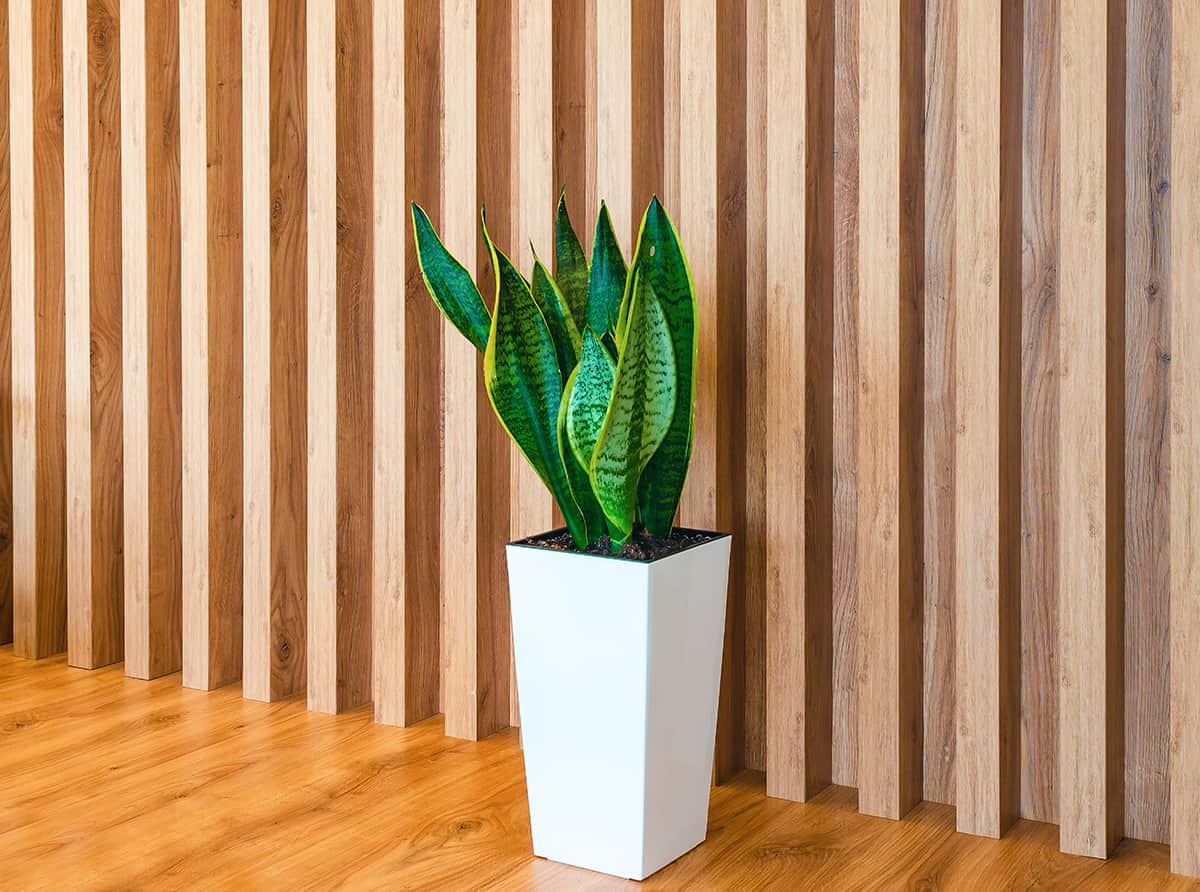
When you bring a snake plant into your home, be mindful of your pets. The snake plant contains compounds toxic to cats and dogs. If your pet chews on the leaves, they might experience discomfort.
Symptoms to watch for include:
- Nausea
- Vomiting
- Diarrhea
It’s crucial to place the plant out of your pet’s reach. Even indirect contact with snake plant sap can cause irritation. Keep the snake plant in an inaccessible area, ensuring your pet’s safety.
In case of suspected ingestion, contact your veterinarian promptly. It’s better to be safe and seek professional advice. Your pet’s health and safety should always come first.
Can Be Used in Outdoor Landscaping
Snake plants are versatile and robust, making them suitable for outdoor landscaping. You can use these plants to add structure and form to your garden. They thrive in a variety of conditions, although they prefer bright, indirect light.
Choose wider pots to keep tall varieties of snake plants stable. They add height and interest to the borders of outdoor spaces. In summer, snake plant’s adaptability allows it to do well in shady outdoor areas, requiring minimal care.
These plants can spread, so allow them space to grow. Design your garden layout with this in mind. Their pointed leaves bring a strong architectural element to landscaping designs.
Remember to protect snake plants from harsh winter weather. Bring them indoors or provide a covering if temperatures drop, as they are not frost-tolerant.
A Study Subject for Space
The Snake Plant, a resilient indoor favorite, earned a spot in NASA’s Clean Air Study. As the Sansevieria contributes to air purification, it’s among the few selected by NASA for space stations.
In tight spaces, like spacecraft, the Snake Plant’s ability to absorb toxins enhances air quality. It plays a role in reducing the effects of Sick Building Syndrome. It’s a natural choice for space due to its low light and water needs.
The plant’s benefits are not limited to Earth. Inhabitants of future lunar or Martian bases could rely on the Snake Plant for breathable air. It truly is an astronaut’s ally.
